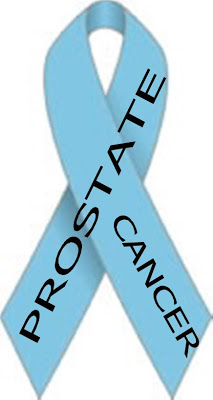Biomarkers in semen to diagnose prostate cancer
Sara Larriba of the Human Molecular Genetics Group of Bellvitge Biomedical Research Institute (IDIBELL) has informed NANBIOSIS about a recent publication mentioning NANBIOSIS in the Acknowledgements for its participation in the results of their research. (The nanoparticle tracking analysis was performed by the ICTS NANBIOSIS U6 Biomaterial Processing and Nanostructuring Unit) The article has been published by the journal Scientific Reports of Nature Research.
The prediction of PCa in the early stage of the disease is one of the most important objectives in male urology. A significant decrease in deaths due to PCa has been associated with the use of serum PSA test recent years. However, the PSA test still has serious limitations and often gives false positives that lead to many unnecessary biopsies of benign disease. Therefore, researchers from the Human Molecular Genetics Group of Bellvitge Biomedical Research Institute (IDIBELL) decided to evaluate semen as a source of prostate cancer biomarkers, and studying extracellular miRNAs, which are present within semen in extraordinary concentrations since some of the Some of these extracellular miRNAs are specific to the prostate gland and, in addition, there is already research showing that extracellular miRNAs can reflect altered patterns of miRNA expression in prostate tumor tissue. The study conducted allowed scientists to discover a distinctive miRNA expression pattern in exosomal semen samples obtained from men with prostate cancer compared with that found in exosomal semen samples taken from healthy men. The next step would be to conduct more prospective studies in larger patient cohorts before this miRNA-based biomarker can be adopted in daily clinical practice.
Article of reference:









